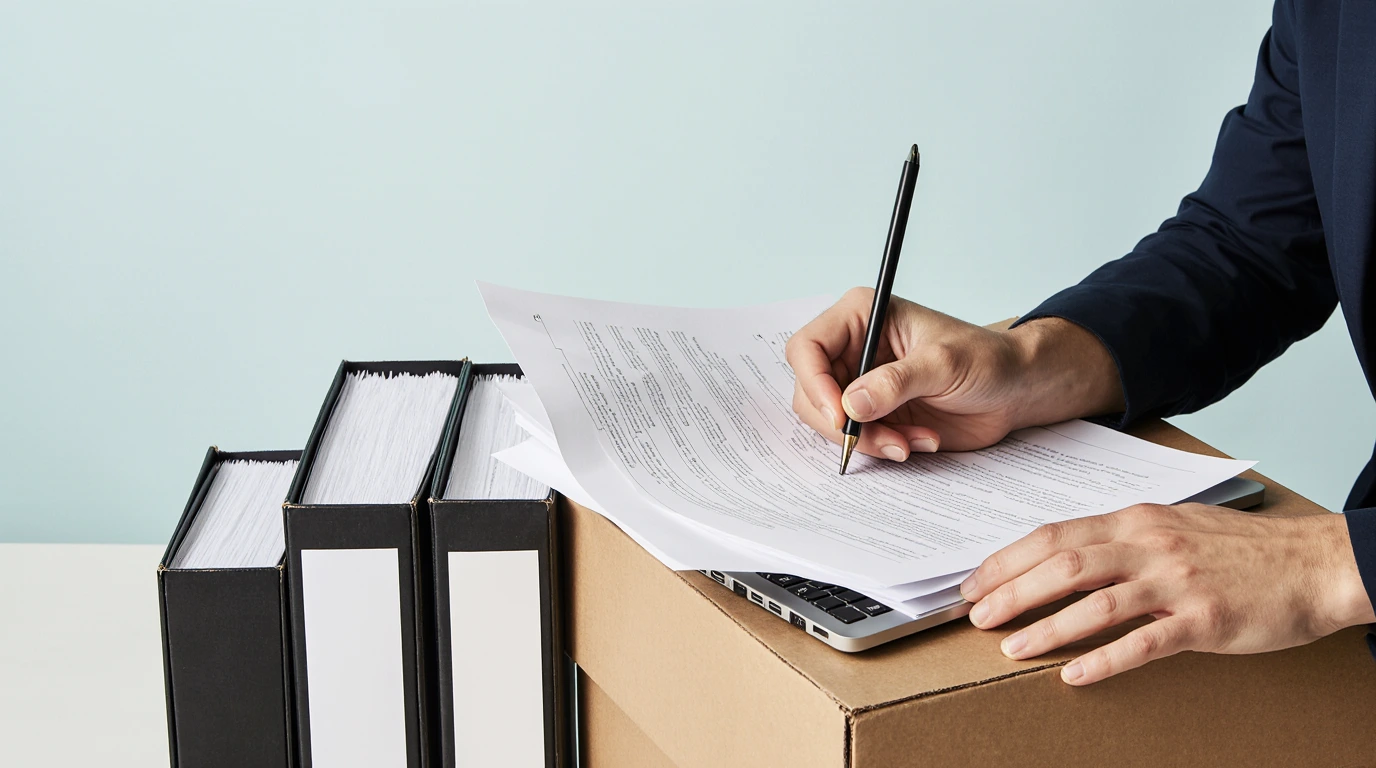Moving large appliances like refrigerators, washers, dryers, or ovens is no small task — whether you’re heading across the city or coast to coast. These aren’t just heavy; they’re awkward, expensive, and sometimes even dangerous if not handled right.
At United Local Movers, we’ve moved just about every kind of appliance there is. And from experience, we know that doing it wrong can lead to damaged floors, broken equipment, or worse — a serious injury. That’s why we’re sharing our top tips on how to move these bulky items safely and efficiently.
Why Appliances Need Extra Care
You might think your fridge or oven is just another big box, but trust us — it’s not. These machines have delicate parts, gas or water lines, and sharp corners that can scratch walls or floors in an instant. Plus, moving them the wrong way can leave them broken before you even get to your new place.
Common problems people run into include:
- Scuffed floors and dented door frames
- Leaky hoses or disconnected cords
- Back injuries from trying to lift alone
- Malfunctioning appliances after the move
A little preparation goes a long way toward avoiding all of the above.
How to Get Your Appliances Ready for Moving Day
1. Clean and Defrost First
Start by unplugging your fridge or freezer at least 24 hours before the move. Empty out all food, wipe down the inside, and let the doors air out to prevent mold or bad smells. If it has an ice maker, give it time to fully defrost and dry.
2. Disconnect Everything Safely
Before moving, shut off any gas or water lines connected to your washer or dryer. Let them drain completely and disconnect properly. Wrap up loose cords and tape them securely to the back of the machine so nothing gets lost or tangled.
3. Remove and Secure Parts
Pull out shelves, racks, or removable trays and pack them separately. Use strong packing tape (not duct tape) to keep doors closed during transport. This prevents surprises when things shift around in the truck.
What Tools You’ll Actually Need
If you’re thinking about doing this yourself (which we usually don’t recommend), here’s what you’ll need to do it safely:
- Appliance Dolly: A sturdy one with straps to hold the weight and keep things balanced
- Moving Straps: Makes lifting easier and safer for two people
- Furniture Sliders: Helps glide heavy appliances over floors without scratching
- Padded Blankets: For wrapping and protecting sensitive surfaces
- Heavy-Duty Gloves: To grip better and protect your hands
Still want to DIY? Think again. It’s easy to underestimate the risk until something slips — or breaks.
Pro Tips for Lifting and Loading
1. Never Go Solo
Lifting a refrigerator or oven alone is asking for trouble — and injury. Always work with at least one other person, ideally someone experienced in handling heavy items.
2. Lift With Your Legs
This isn’t just advice — it’s survival strategy. Squat low, keep your back straight, and use your legs to lift. Twisting while holding heavy appliances can cause serious strain or injury.
3. Keep Things Balanced
Try to keep appliances upright as much as possible. Tilting fridges or stoves too far can damage internal components. Make sure everything is evenly distributed and secured during transport.
4. Load Them Last, Unload First
When loading the truck, put large appliances in last so they’re near the front and easy to unload first. Strap them to the walls or floor of the truck to avoid shifting during transit.
Protect Your Home While You Move
Use cardboard, felt sliders, or thin plywood under appliance feet to prevent scratches on hardwoods or tile. Wrap door frames and tight corners in towels or foam padding to avoid bumps and bruises on your walls.
Special Tips for Specific Appliances
Refrigerators
Keep them upright at all times. If you absolutely must tilt slightly to get through a doorway, let it sit upright for several hours before plugging it in again — this gives the compressor time to reset.
Washers and Dryers
Secure the drum with shipping bolts if available. For gas dryers, always have a licensed technician disconnect and reconnect the line — safety first!
Ovens and Ranges
For electric models, unplug carefully and wrap cords. Gas ranges should be handled by a pro — including capping the line before transport. And yes, clean them thoroughly before moving — unless you want grease stains in your new home.
To Move or Not to Move? That Is the Question
Sometimes, it makes more sense to leave old appliances behind — especially if:
- Your new home already comes with built-in appliances
- The ones you have are outdated or close to breaking down
- Transport costs outweigh replacement value
But if your appliances are newer, high-end, or still under warranty — it’s worth bringing them. We make sure they arrive safe and sound.
Why Trust United Local Movers With Your Heavy Items?
We’re not just muscle — we’re trained pros who know exactly how to handle your most valuable appliances. At United Local Movers, we use top-quality tools, proper lifting techniques, and custom packaging to ensure your stuff arrives ready to plug in and use.
Trying to move a fridge or stove yourself? One wrong turn could mean thousands in repairs — or worse. Don’t take chances with your belongings. Let us handle the heavy stuff so you don’t have to.
Final Thoughts: Leave Appliance Moves to the Pros
Moving major appliances isn’t just about strength — it’s about planning, skill, and the right gear. From disconnection to delivery, every step matters.
With support from professionals like United Local Movers, you can rest easy knowing your appliances will arrive intact — and you’ll avoid costly mistakes along the way.




